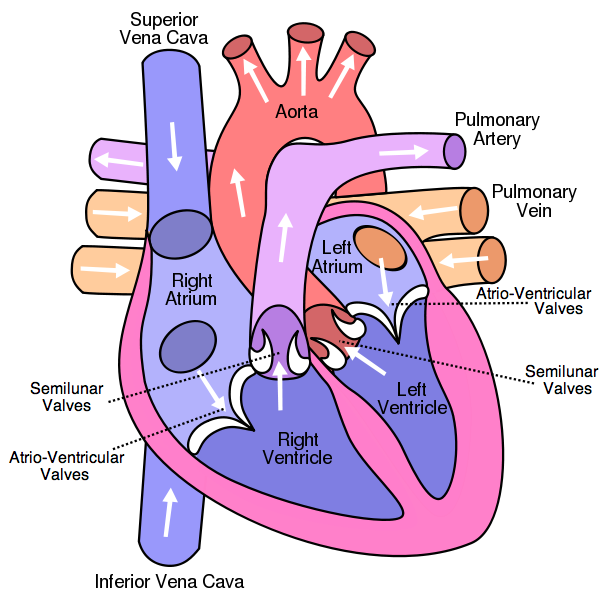Understanding Nutrients: The Building Blocks of Life
Classified in Biology
Written on in  English with a size of 3.61 KB
English with a size of 3.61 KB
Food and Nutrients
Food is our primary source of nutrients. But what are nutrients exactly?
Nutrients: The Essentials for Life
NUTRIENTS are biomolecules that our bodies need to sustain vital functions. They are the chemical components of food, acting as the building blocks and energy sources our cells need to survive.
Why We Need Nutrients
Cells require nutrients to fulfill three fundamental requirements:
- Energetic: Certain nutrients, like lipids and carbohydrates, are broken down in our mitochondria to release energy. This energy powers essential functions such as movement, temperature regulation, and more.
- Structural: Some nutrients, including proteins, lipids, and mineral salts, serve as the building blocks for various body structures. These structures

